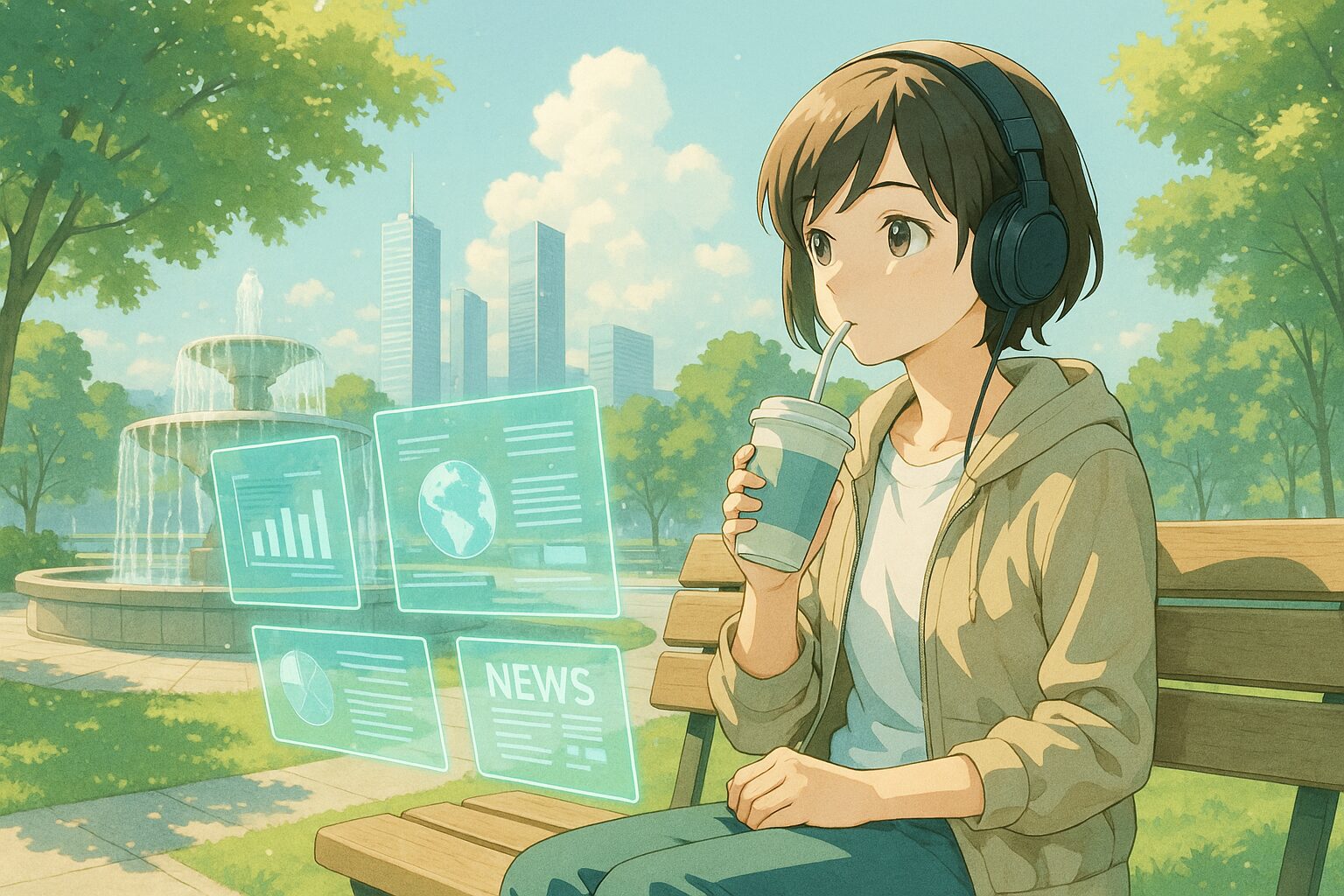What Does the Future Hold for AI Changing Students’ Learning?
The evolution of AI technology is about to significantly change how students learn. As we have entered an era where AI tools not only assist with homework but actually solve problems, what might the future look like if this trend continues?
1. Today’s News
Source:
https://www.npr.org/2025/08/06/g-s1-81012/chatgpt-ai-college-students-chegg-study
Summary:
- Students are utilizing AI tools to efficiently progress with their homework.
- Existing online learning services and educators are adapting to this change.
- The proliferation of AI is significantly altering the way learning occurs.
2. Considering the Background
The evolution of AI technology impacts all aspects of our lives. Particularly in the field of education, the efficiency brought about by AI is being highlighted. This change is supported by the spread of the internet and advancements in digitalization, providing students with more flexible learning opportunities. However, this rapid change also raises new challenges regarding the quality of education and ethical issues. How will education evolve in the future?
3. What Will the Future Hold?
Hypothesis 1 (Neutral): A Future Where the Use of AI Becomes Commonplace
AI will establish itself as a support role in learning, making it common for students to use AI to resolve basic questions. This will enhance learning speed, enabling students to acquire more knowledge. However, there is a possibility that reliance on AI could weaken students’ critical thinking abilities.
Hypothesis 2 (Optimistic): A Future Where AI Greatly Advances Education
With the evolution of AI, learning plans tailored to individual students will be provided. Learning that aligns with individual pace will become possible, significantly improving the quality of education. This will broaden the diversity of learning and give rise to new educational styles that foster creativity and critical thinking.
Hypothesis 3 (Pessimistic): A Future Where Human Learning is Lost
Dependence on AI may diminish students’ curiosity and their ability to form independent thoughts. While the efficiency of learning increases, there is also a risk that the ability to search for information and think independently may be lost. As a result, the essence of education could be shaken, and the joy of learning might fade away.
4. Tips We Can Implement
Thinking Tips
- Let’s reaffirm the importance of maintaining our own thoughts without being overly reliant on AI.
- While embracing the learning possibilities brought by new technologies, it is crucial to maintain a critical perspective.
Small Practical Tips
- Even when using AI, make it a practice to hold your own thoughts and opinions.
- Create opportunities to share knowledge gained in learning environments with others and deepen understanding through discussion.
5. What Would You Do?
- How would you incorporate AI into your learning? How would you utilize AI while cherishing your own way of thinking?
- How do you perceive the changes in education brought about by the evolution of AI technology? What future do you envision?
- How will you nurture your individuality within AI-assisted learning?
What kind of future do you imagine? Please let us know through social media quotes or comments.









